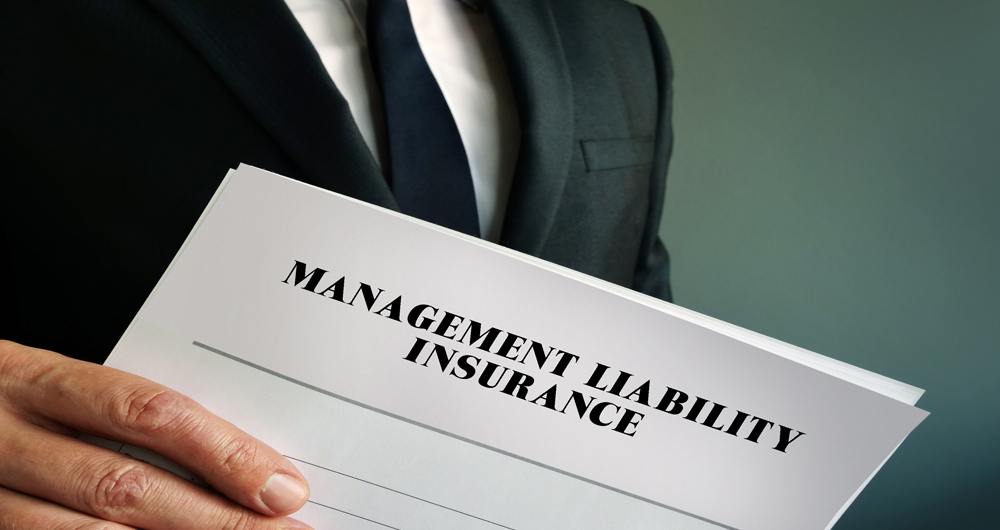Management liability or directors and officers (D&O) exposure was long viewed as a concern exclusively for leaders of publicly held corporations. That’s no longer the case. Producers need to respond.
OPPORTUNITIES OR BURDENS? BOTH
Small commercial accounts could use, but may not welcome, management liability insurance
By Joseph S. Harrington, CPCU
“Liability goes where the money is,” says Kenneth S. Abraham, a professor of law at the University of Virginia and one of our nation’s leading scholars of tort law and liability insurance. Liability insurers and their commercial clients hardly need a legal scholar to tell them that, but Abraham’s 2008 book The Liability Century explains in detail how, through a “liability and insurance spiral,” new forms of liability insurance seem to expand the scope of liability to be insured.
A cynic might express it differently to say that new forms of insurance create new opportunities to sell insurance—and new requirements to buy it. A conscientious agent or broker, solicitous of his or her accounts, could be forgiven for seeing things that way when it comes to the latest demand for management liability insurance for small- and medium-sized enterprises (SMEs).
When does it end?
Producers have spent the past decade urging their small commercial accounts to buy cyber insurance, after spending the previous decade pushing commercial umbrellas. Now they are expected to notify clients of the exposure that privately-held companies have to management liability claims and—wouldn’t you know?—the availability of insurance to address it. Or is it the other way around?
Management liability, also known as directors and officers (D&O), exposure was long viewed as a concern exclusively for officers and directors of publicly held corporations. But today there is a growing number of suits by investors, employees, and clients of private companies—even among family members—alleging misconduct and misrepresentation in the management of an enterprise.
When D&O comes up, thoughts quickly turn to employment practices liability, another exposure with a corresponding form of insurance. “#MeToo” says it all, but exposure to claims of harassment or discrimination are not a passing fad, as federal data indicates that complaints of employment violations are up again after leveling off in the middle of the decade, according to a July 2019 white paper by Worldwide Facilities, Inc.
The latest demand is for representations and warranties (R&W) insurance, which covers either the buyer or the seller for shortcomings or accidental misrepresentations in a merger or acquisition. Any organization involved in a merger, no matter how small, can benefit from the protection offered. Without it, the value of a transaction can be erased by the cost of legal wrangling.
Protection and guidance
It’s good news, of course, that producers have more protection to offer their clients, and that the expertise of a knowledgeable producer is ever more valuable in helping a client determine how to allocate their premium dollars among a growing range of competing exposures and coverages.
Seen in a positive light, the recent growth in management liability coverage for small businesses marks another expansion in the frontier of risk that can be transferred by insurance. We’ve seen this for over a century, as “fire” policies expanded to address additional property perils along with casualty risks.
Management liability insurance allows people to invest in small business—financially and in other ways—with greater confidence that their interests will be protected competently. It’s not just another burden.
The author
Joseph S. Harrington, CPCU, is an independent business writer specializing in property and casualty insurance coverages and operations. For 21 years, Joe was the communications director for the American Association of Insurance Services (AAIS), a P-C advisory organization. Prior to that, Joe worked in journalism and as a reporter and editor in financial services.





